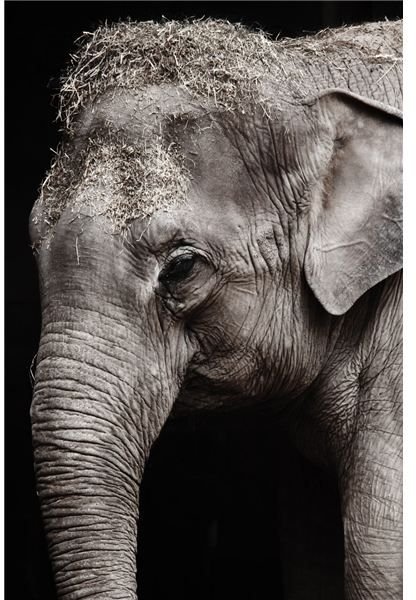Tips on Capturing the Best Wildlife Stock Photography
Professional Stock Photography
Professional stock photography is a field that works differently than most other types of professional photography. Instead of working on creative ingenuity or client requests, the photography produces images that they think will sell to people who are looking to fill photo needs in commercial projects they are working on. Publications, websites, advertising, presentations, and dozens of other locations often need professional stock photography that will fill their needs, and even though it can cost a substantial amount of money it will usually be much cheaper than hiring a photographer for those photo needs. Wildlife stock photography is a unique branch of this stock photo field, and like any types of stock photography, it has its own qualities that can make it sell. Here are a few tips for shooting your own wildlife stock photography.
Animal Choices
When a professional stock photographer is looking to create any type of stock photography, whether or not it is wildlife stock photography,
they are looking to capture images that are popular. In the case of wildlife stock photography you may need to go through the same process that any professional stock photographer would do: check the statistics.
If you are using a stock photography website like iStock.com then you will likely be able to see what has been selling and what has not, not to mention the statistics on your own photos. Use this as a guideline not for the style of wildlife stock photography you should be shooting, but specifically what animals.
This is not, however, necessarily a guide as to what would be most practical or cost efficient for you as a stock photographer. If you live in Seattle and find that the most popular stock photos are of Lions or Elephants in their natural habitat, then it is not going to make sense for you to fly to Africa to get those images. Instead, look at the popular animal types and find those that you have the resources and ability to capture.
Control

Stock photography is much more about image quality and surface quality than other types of images since they have no context and are used in other projects. Unlike photojournalism, you do not have to necessarily worry about representing the world as it actually exists and can modify the image as much as is needed to get the final product that you want.
This means a few things, but first of all it often means that your wildlife stock photography should not be taken in the wild. If there are any of the animals that you are looking for that already are domesticated or living in some form of captivity, then this is going to be the best option since it will allow you to control the surroundings and allow you to do some standard photography lighting. What is accessible about this is that you can check official listings for where these animals are housed, which allows you to check those with their animals registered against the list of animals that you have decided upon based on popularity.
On top of this you need to make sure that you do the same form of stylization and photo editing as you would with any form of professional stock photography. Adobe Photoshop should remain part of your post-production process, though the type of photo you want to produce will decide how much alteration you want to make.
References
Photos: www.publicdomainpictures.com
Source: author’s own experience.
This post is part of the series: Professional Photography
Here are articles concerning professional photography.
